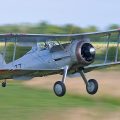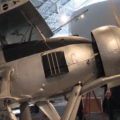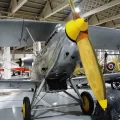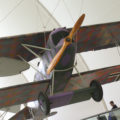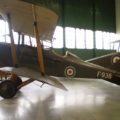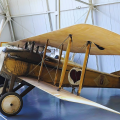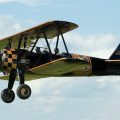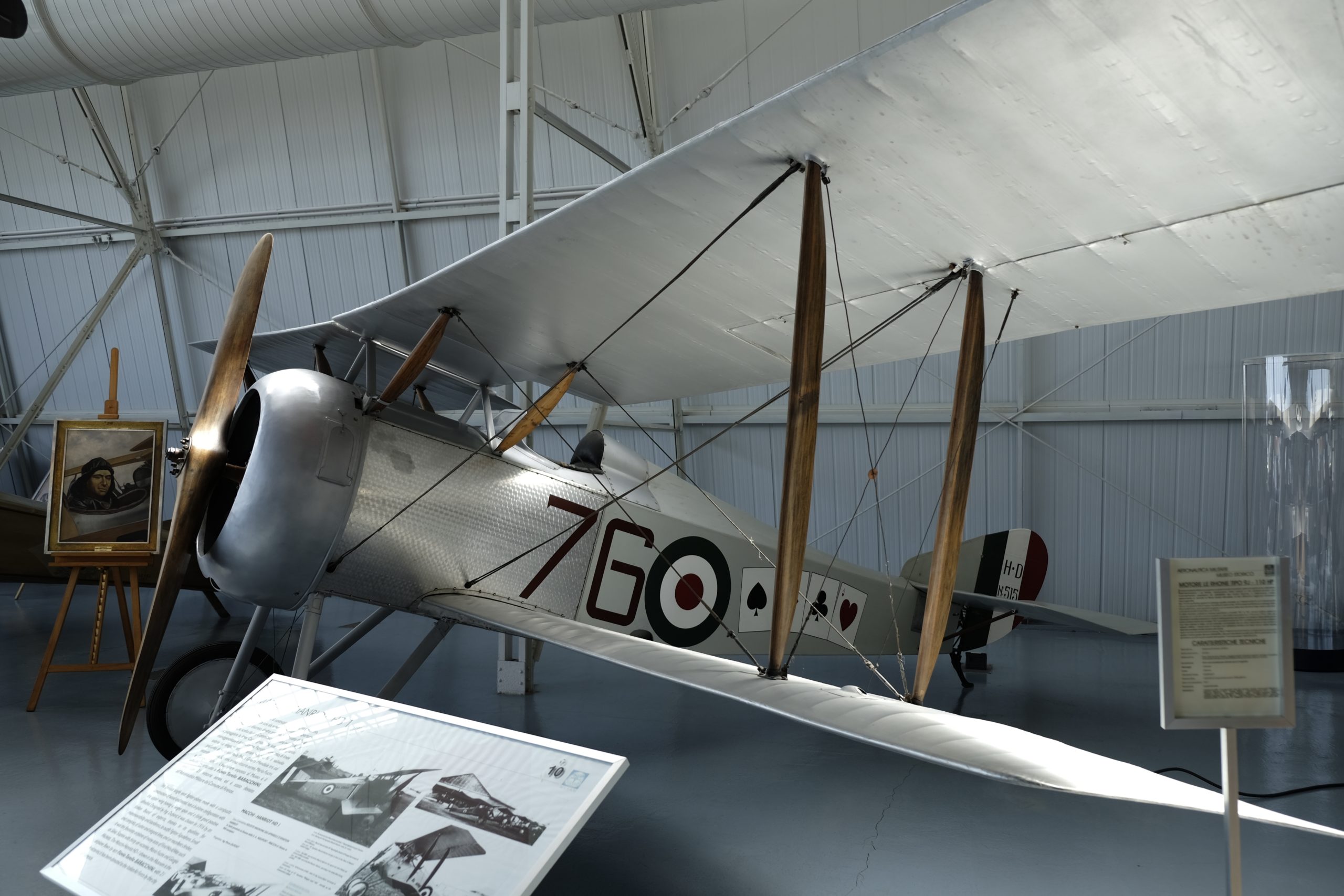
Hanriot HD.1 | |
|---|---|
| Krajiny | Francúzsko |
| Úlohu | Dvojplošné stíhacie lietadlá |
| Zavedenie | Jún 1916 |
| Postavený | 1200+ |
Komisia Hanriot HD.1 bolo francúzske jednomestné stíhacie lietadlo prvej svetovej vojny. Odmietnutý na službu s francúzskymi letami v prospech SPAD S.VII, tento typ bol dodaný belgickému armádnemu letectvu Militaire Belge ("Belgické vojenské letectvo") a Kráľovskému talianskemu armádnemu corpo Aeronautico Militare ("Vojenský letecký zbor"), pričom obe sa ukázali ako veľmi úspešné. Z celkového počtu približne 1 200 vyrobených príkladov bolo 831 vyrobených talianskymi spoločnosťami na základe licencie.
Zdrojový: Hanriot HD.1 na Wikipédii
| Hanriot HD.1 Walk Around | |
|---|---|
| Fotograf | Neznáme |
| Lokalizácia | Neznáme |
| Fotografie | 13 |
Súvisiace súpravy:
Nájdite súpravy na eBay:
Pozri tiež:
The Hanriot HD.1 was a French biplane fighter aircraft that was designed by Pierre Dupont and manufactured by Hanriot during World War I. It was rejected by the French air force, which preferred the SPAD S.VII, but it was adopted by the Belgian and Italian air forces, where it proved to be a successful and popular fighter. The Hanriot HD.1 had a Le Rhone rotary engine that gave it a maximum speed of 185 km/h and a ceiling of 6,400 m.
It was armed with one or two Vickers machine guns that fired through the propeller. The Hanriot HD.1 was agile and easy to fly, and it was used by several aces, such as Willy Coppens, the top Belgian ace with 37 victories on the HD.1. The Hanriot HD.1 was also built under license by Nieuport-Macchi in Italy, which produced almost 900 units between 1917 and 1919. The Hanriot HD.1 remained in service until 1920, and it was also used by the US Navy and Switzerland for experiments and training.
Zobrazenia : 731



